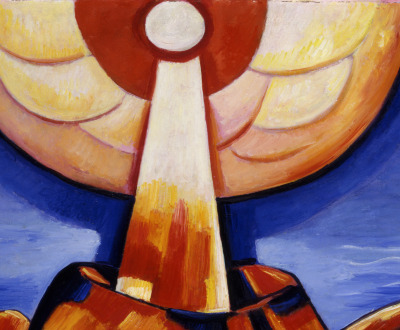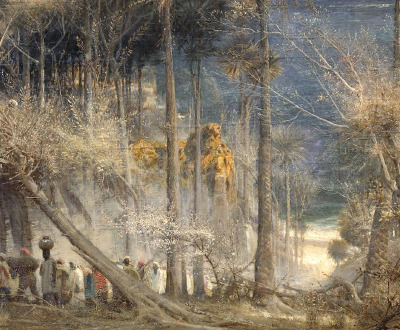Miscellany
In Dialogue on Miracles, the thirteenth-century preacher and historian Caesarius of Heisterbach tells of a man curious to discover the origin of the migratory swallows that appeared at his house every spring. Catching one of them, he attached a note to its leg that read, “O swallow, where do you live in winter?” The following spring, a bird appeared with a reply attached to its leg: “In Asia, at Peter’s house.”
Miscellany
In his Muqaddimah, the fourteenth-century Arab historian Ibn Khaldun describes talismans that make use of “the loving numbers” 220 and 284 to create the perfect union between friends or lovers. Two effigies are created, and the larger number is placed on the effigy of “the person whose friendship is sought.” The result of this “magical operation,” he explains, is a connection between the two such that “one is hardly able to break away from the other.”
Miscellany
From History of Dearborn, Ohio, and Switzerland Counties, Indiana (1885): “It has been repeated time and again that the annexation of Texas was carried in the U.S. Senate by one vote; that Edward A. Hannegan, then the U.S. senator from Indiana, was elected to the Senate by one vote, and that that one vote was given Hannegan by Daniel Kelso, then senator from Switzerland County, who was elected by one majority. This is an error, for Kelso, when he voted for Hannegan, represented Switzerland County by virtue of a majority of about 150 voters of the county, over Samuel Howard, at the August election of 1842. In 1843 David Henry was elected over Kelso by one majority. Kelso contested the election, and the Senate declared that neither was elected and sent them back to the people for decision, and at the August election, 1844, Henry was elected by a small but decided majority.”
Pages




